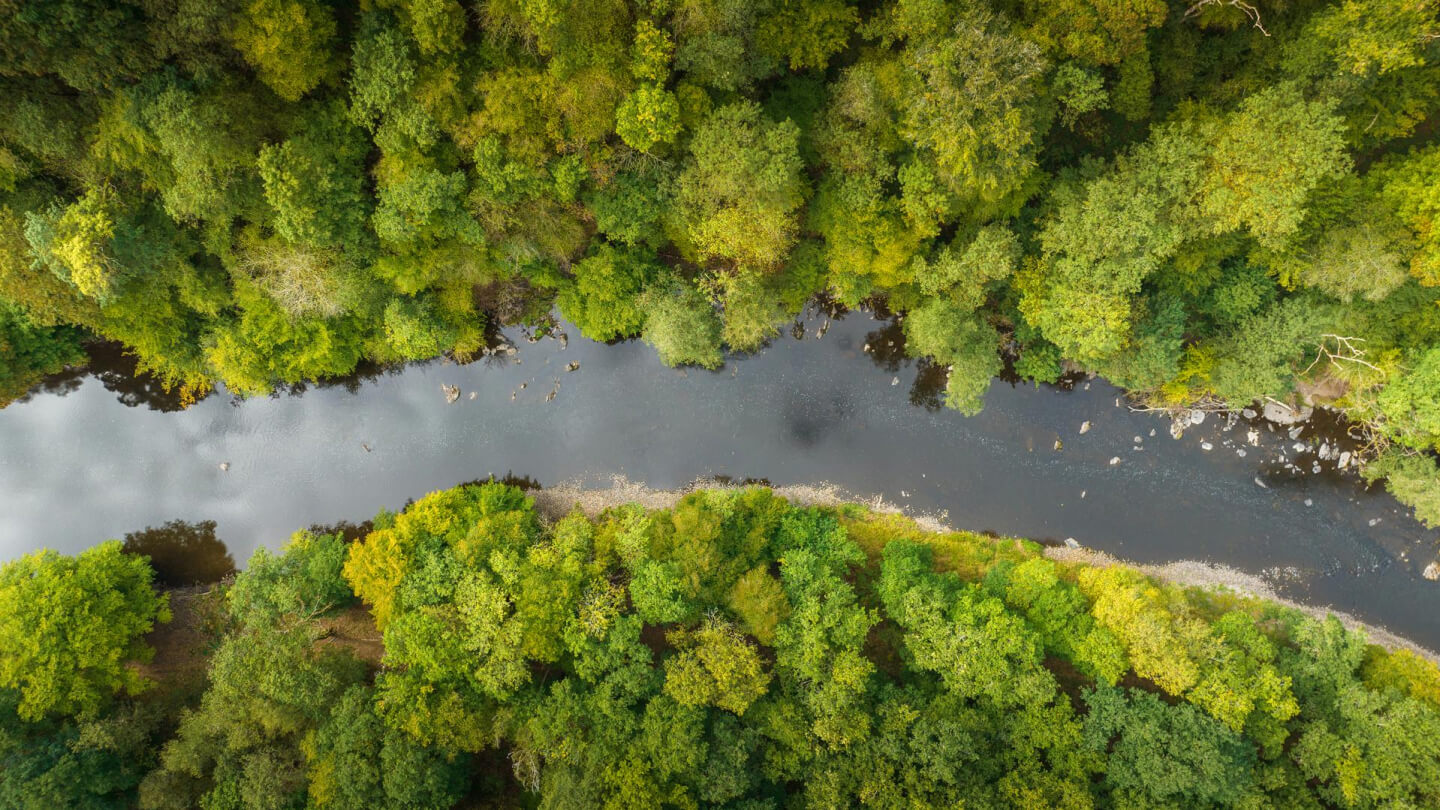
Environment
Our environment is under pressure in unprecedented ways. Companies like Kemira have an essential role to play. Without the business community, our society won’t be able to mitigate climate change or restore natural ecosystems.
At Kemira, we are aligning our operations and value chains with global ambitions to reduce pressure on the environment. Our goal is to be a leader in sustainable business. This is evident in our materiality assessment and our daily operations.
Our sites deliver excellent environmental performance:
- Zero permit violations and regulatory non-conformities
- Zero releases of hazardous chemicals from our operations
- Reduction of greenhouse gas emissions, energy consumption, releases to air, water and soil, water use and waste generation
In the value chain, we aim to reduce our impact through active dialogue with our suppliers. Our main focus now is on mitigating climate emissions. In the future, we will expand to include water, land-use change, and biodiversity impacts.